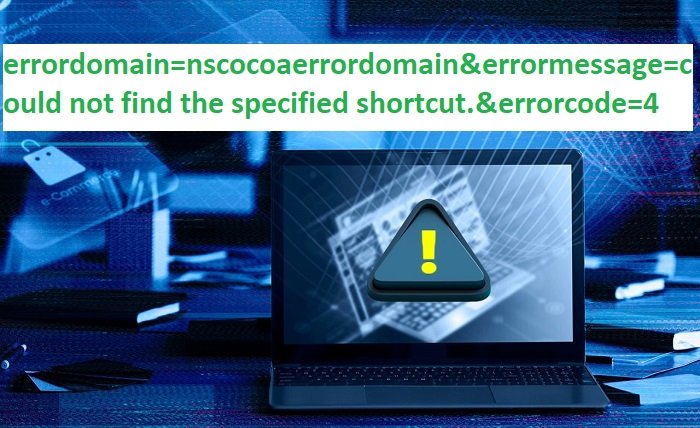When interacting with web resources, encountering an HTTP 405 Error Code can be a puzzling experience. This error indicates that the web server has recognized the request method but has disabled or disallowed it for the requested resource. This blog post aims to demystify the 405 Error Code by exploring its causes, implications, and resolutions.
The 405 Error Code
The 405 Error Code is an HTTP response status code indicating that the request method is known by the server but is not supported by the target resource. Unlike the more general 400 Error Code, the 405 specifically points to issues with the method used in the request, such as GET, POST, or PUT.
Common Causes of a 405 Error
A 405 Error Code often arises when a web application or server configuration does not allow a particular method for a resource. For example, submitting a POST request to a URL that only accepts GET requests will result in this error.
Configuring Server Settings to Avoid 405 Errors
Server configuration plays a crucial role in preventing 405 Error Codes. Ensuring that your server’s configuration aligns with the HTTP methods expected by your web applications is essential. This section would provide insights into configuring server settings like Apache’s .htaccess or Nginx’s server blocks.
Troubleshooting Tips for Developers
For developers encountering the 405 Error Code, troubleshooting involves checking the server’s configuration files and the application’s code to ensure compatibility with the HTTP methods used. Debugging tips include reviewing error logs and using tools like Postman to simulate requests.
Impact of 405 Error on SEO
A persistent 405 Error Code can negatively impact a website’s search engine optimization (SEO). Search engines may lower the ranking of pages that consistently return HTTP errors, including the 405, as they lead to a poor user experience.
How to Handle 405 Errors in Web Applications
Handling the 405 Error Code effectively in web applications involves implementing proper error handling and messaging. Developers should ensure that their application gracefully handles disallowed methods by providing clear, user-friendly error messages.
User Experience and the 405 Error
From a user’s perspective, encountering a 405 Error Code can be frustrating. Websites should aim to handle these errors by redirecting users to a functional page or providing guidance on what action they can take next.
Preventive Measures to Reduce 405 Errors
To reduce the occurrence of the 405 Error Code, regular audits of server and application configurations are recommended. Ensuring that all endpoints are correctly set up to accept the intended HTTP methods can prevent many of these errors.
Advanced Techniques for Managing HTTP Methods
Advanced techniques for managing HTTP methods include using middleware in web frameworks like Express.js that can intercept and manage HTTP requests dynamically, ensuring that the 405 Error Code is handled efficiently.
Conclusion
The 405 Error Code, while specific, can cause significant disruptions in the interaction between a user and a web service. By understanding its roots and applying appropriate troubleshooting and preventive measures, developers can minimize the occurrence of this error and maintain a smooth web experience for users.
FAQ
Q1: What does a 405 Error Code indicate?
A1: A 405 Error Code indicates that the HTTP method used in the request is recognized by the server but not allowed for the requested resource.
Q2: How can I resolve a 405 Error as a web developer?
A2: To resolve a 405 Error, check and adjust your server’s configuration and the web application code to ensure compatibility with the HTTP methods used.
Q3: Are there tools to help identify and fix a 405 Error?
A3: Yes, tools like Postman can simulate HTTP requests of different methods to test server responses and help identify the cause of a 405 Error.
Q4: Can a 405 Error affect my website’s SEO?
A4: Yes, frequent 405 Errors can negatively impact your website’s SEO as they degrade the user experience and can reduce the credibility of your site in search engine algorithms.
Q5: What preventive measures can be taken to avoid 405 Errors?
A5: Regular server and application configuration audits and ensuring proper setup of HTTP methods for all endpoints can help prevent 405 Errors.





